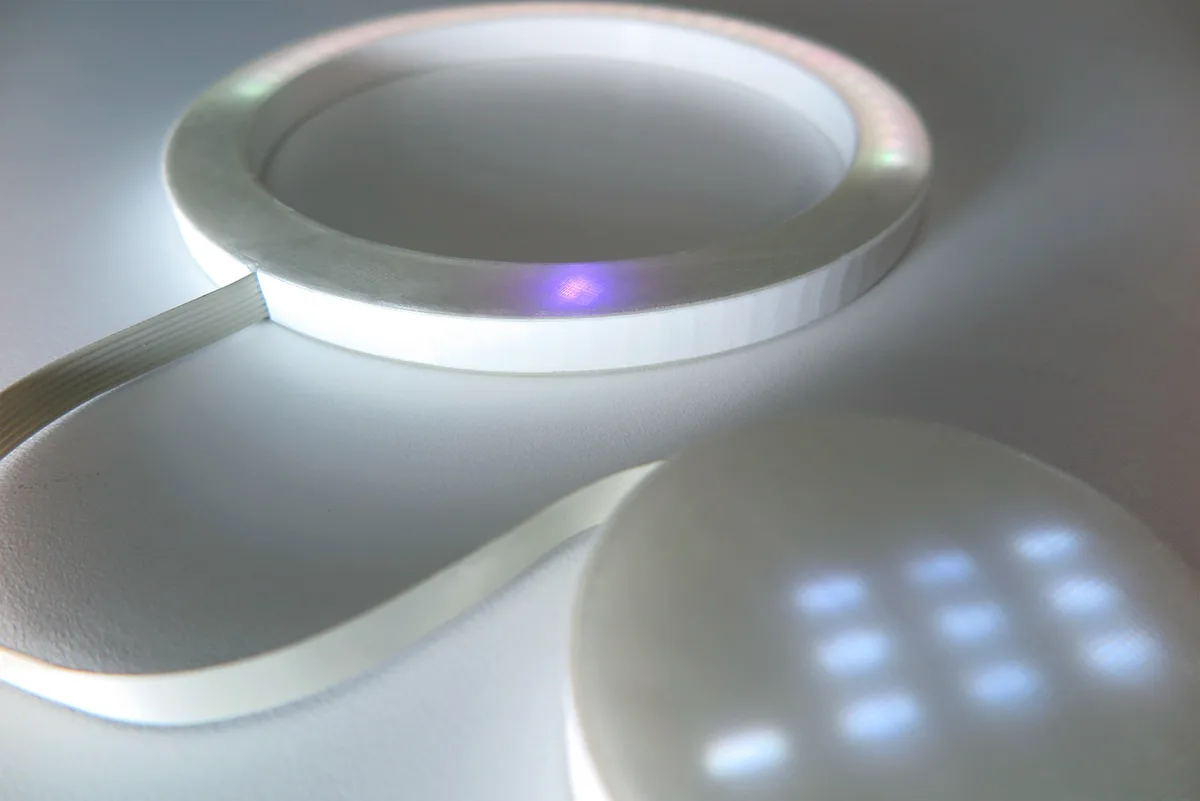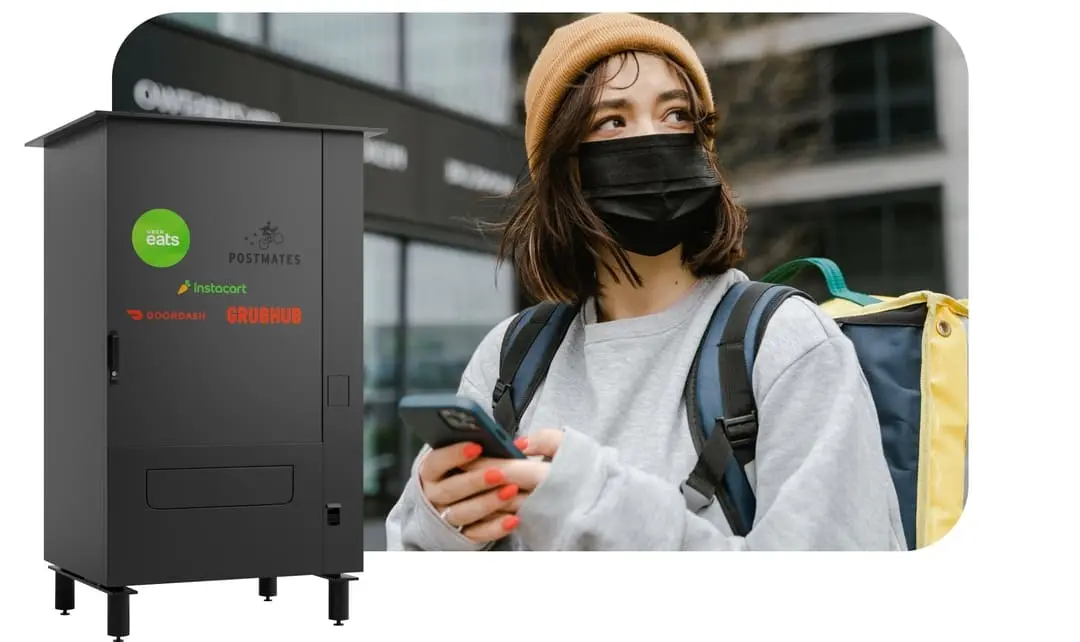The new formula for sustainability of Dynamic pricing saves the world
May 15, 2018Made By Rain
May 28, 2018
By Michelle Hermans
WHAT IT IS
A near death experience is something to experience when you are dying. Or is it? Frank Kolkman has designed the Outrospectre to help reduce death anxiety. This is a Virtual Reality installation that mimics an out of body experience to simulate death.
So how does it work? The ‘patient’ stands in front of a robotic head that is equipped with a 3D camera in each eye. The robot is mounted on a track, so it can move forward and backward. It mimics head movements in real time, so it feels as if you are looking around. This helps to simulate an outer body experience. A VR headset and microphones add to a dissociating experience by intensifying the feeling of displacement. A hammer taps the user’s chest every second, to mimic a heartbeat. This adds a more physical element to the experience. The end of the experience is quite a shock: a mirror at the end of the track confronts the user with an image of their robotic reflection. This helps to ‘get back in the real world’ and break the illusion that is said to be quite convincing. Four out of five people who have tested the experimental device have reported experiencing sensations of physically moving or being present in a different location.
‘If we began treating our anxieties surrounding death, it might mean the process of dying could become more comfortable.’ – Frank Kolkman
WHY IT IS COOL
Outrospectre is a proposal for experimenting with technology that can reduce fear of death by allowing them to live out the feeling of dying. This could be useful for people who are, for instance, terminally sick. Kolkman wants to inspire designers and to introduce a new culture of acceptance and openness about death in hospitals. Outrospectre is a real taboo-breaker in this way. The majority of people die in a care home or a hospital, which makes it a medical experience. Outrospectre helps to make the experience of dying more comfortable, which benefits, of course, the patient, but also and his or her relatives.
‘We believe the experience is most powerful when you are mentally aware of what is going on, and yet your senses are convincing you otherwise.’ – Frank Kolkman
WHY IT HAS FUTURE GROWTH POTENTIAL
The health sector is changing and a demand for personalized care is rising. The major efforts in health care are still mainly focused on keeping people alive, rather than improving quality of life. Doctors are trained to save and prolong our lives, not to tend to our demise. Research shows that sixty percent of doctors keep a treatment for a dying patient going for too long. However, a shift is visible. With a population that is aging and people having an increased life expectancy, a new conversation has started. Should people be able to choose their own moment and situation for death? Should rules regarding euthanasia be less strict? How would dying be less uncomfortable? Whatever the answers may be, the sure thing is that death is being viewed in a different perspective. With intimate technology becoming increasingly important in how to address psychological issues, such as fear of mortality, taboos are broken. Outrospectre is a perfect example of technology that is empathic and helps tackle big issues like death anxiety. I think the health ‘caresumer’ of the future would want to take control. Would you dare to confront your own mortality?



